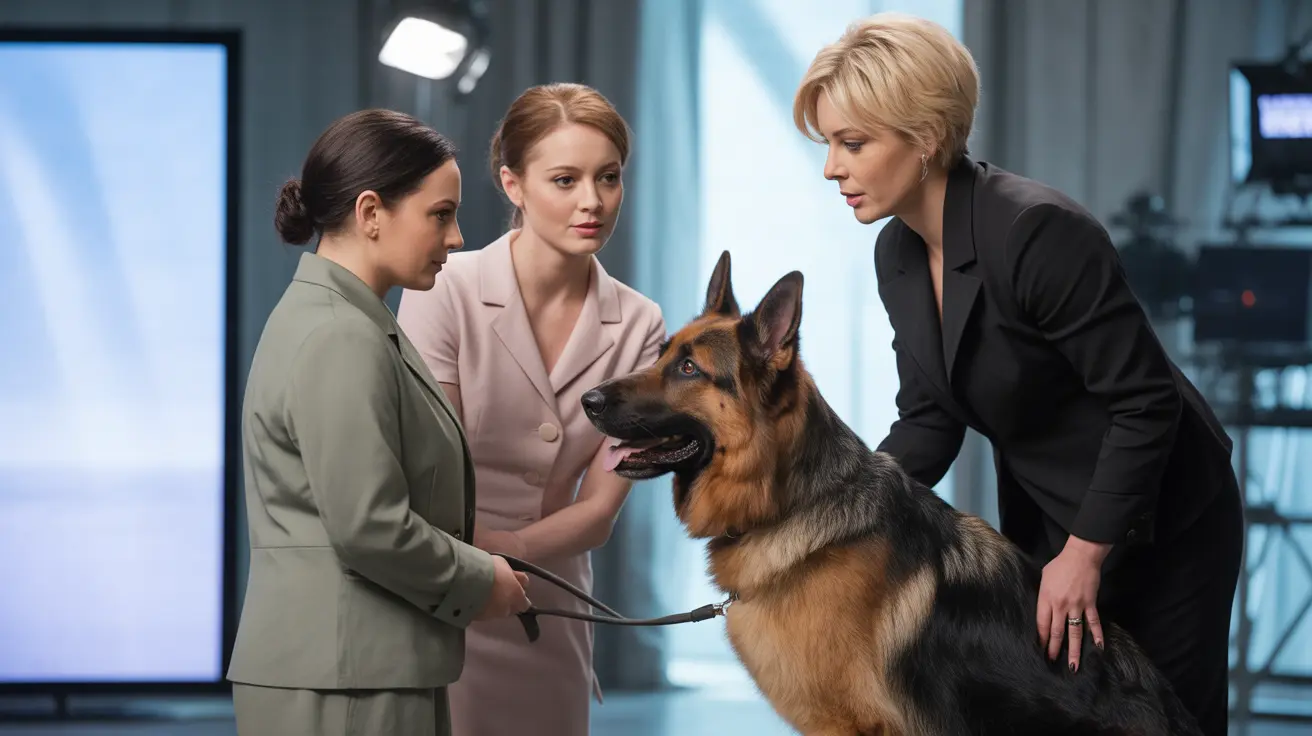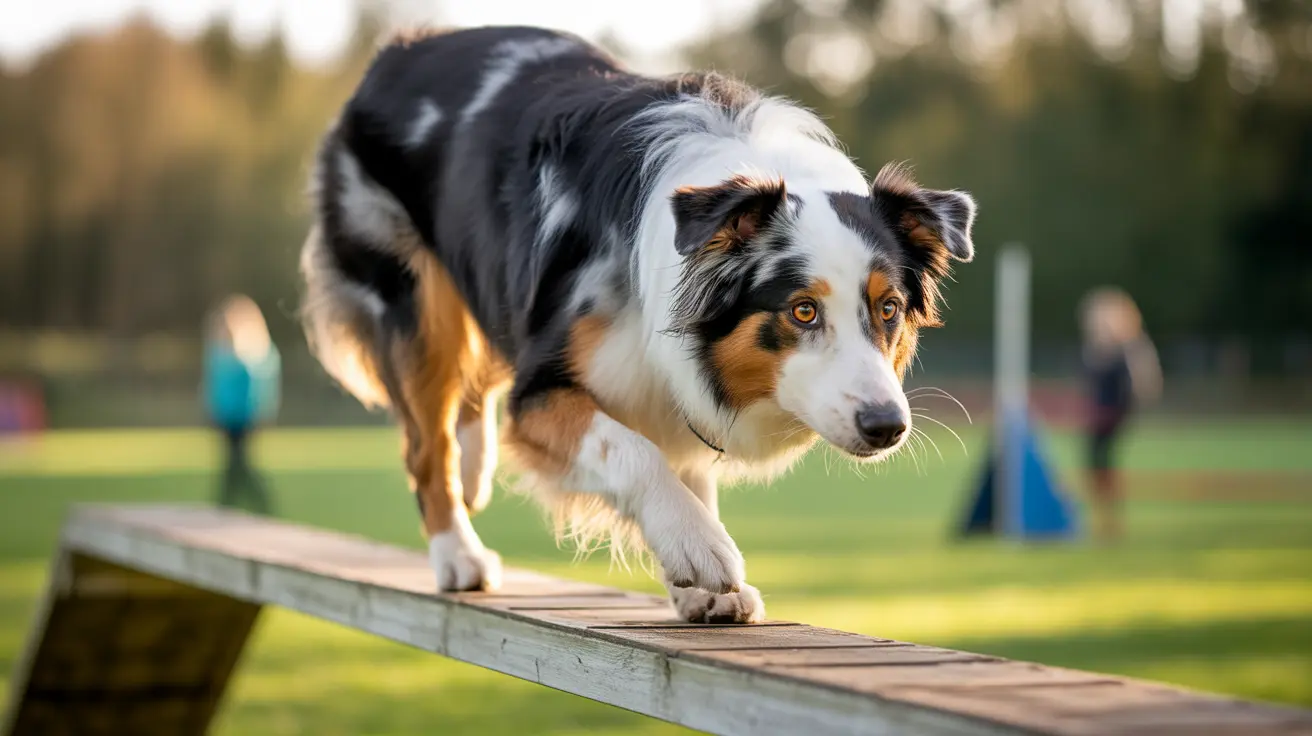Key Signs Your Dog Is Getting Older and How to Recognize Them
As beloved companions, dogs become cherished members of our families. Recognizing the signs of aging in your dog is essential to providing them with the care and comfort they deserve as they enter their senior years. While dogs age at different rates depending on size and breed, there are several common physical, behavioral, and mental signs that indicate your furry friend may be growing old.
When Is a Dog Considered Senior?
The age at which a dog is classified as 'senior' varies:
- Small breeds: Typically between 7–10 years of age
- Medium breeds: Around 7 years old
- Large and giant breeds: As early as 5–6 years old
Aging is a gradual process. Subtle changes may emerge slowly over time, making it important to recognize early signs of aging in your pet.
Common Physical Signs of Aging in Dogs
- Graying or whitening fur: Most commonly seen around the muzzle and face
- Thinning coat: The fur may look less full and glossy
- Vision and hearing loss: Dogs may develop cloudy eyes, especially in dim lighting, or appear startled when approached
- Eye disorders: Conditions like cataracts could impact vision; some are treatable
- Reduced mobility: Conditions like arthritis can cause stiffness, limping, or reluctance to move
- Weight changes: Weight gain may occur due to reduced activity, while unexpected weight loss can signal health issues
Behavioral and Cognitive Changes
Behavioral shifts are often early indicators of canine aging.
- Irritability or social withdrawal
- Decreased interest in play, family interactions, or favorite activities
- Increased sleep during the day, restlessness at night
- Canine cognitive dysfunction (dog dementia): Symptoms may include confusion, disorientation, restless wandering, vocalization, forgetting commands, and house soiling
Health-Related Signs
- Joint issues: Arthritis and joint pain lead to less mobility
- Dental health problems: Older dogs may suffer from bad breath, gum disease, and tooth loss
- Digestive troubles: Vomiting, diarrhea, constipation, and reduced appetite are not uncommon
- New lumps or skin bumps: Should be examined by a veterinarian
- Incontinence: Difficulty with urination or defecation may occur
- Temperature sensitivity: Senior dogs are more vulnerable to heat and cold extremes
Serious Symptoms to Watch For
These symptoms warrant immediate veterinary attention:
- Sudden loss of appetite
- Unexplained or rapid weight loss
- Swelling in the abdomen
- Visible bleeding in the gums
- Labored breathing
- Persistent vomiting or diarrhea
- Seizures
How to Support Your Aging Dog
Proactive care makes all the difference in maintaining your senior dog’s quality of life:
- Regular vet visits: Schedule checkups at least every six months
- Proper nutrition: Tailor their diet to manage weight and joint health
- Physical and mental activity: Gentle exercises and mental stimulation help preserve mobility and cognition
- Pain management: Consult your vet for appropriate pain relief strategies
- Home adaptations: Non-slip mats, orthopedic beds, and ramps can improve comfort
Monitoring and Final Care
Keep a close eye on your dog’s behavior, energy level, appetite, and sleep. When signs of suffering or significant decline appear, speak with your veterinarian about comfort-focused end-of-life care options. Ultimately, providing love and attentive care remains the most important gift for any senior dog in their golden years.





